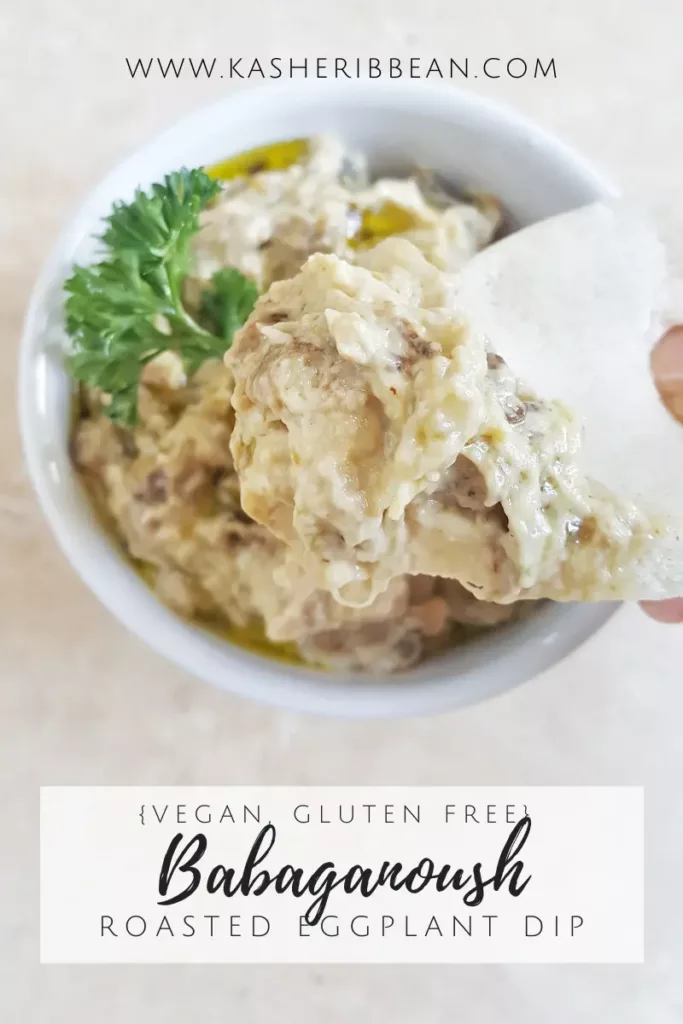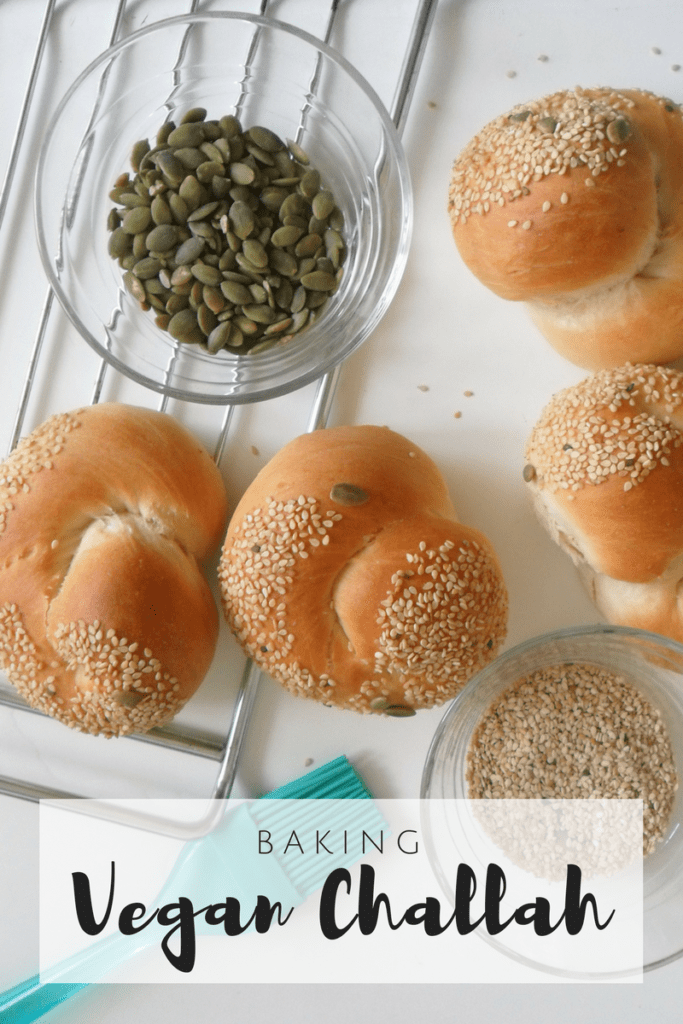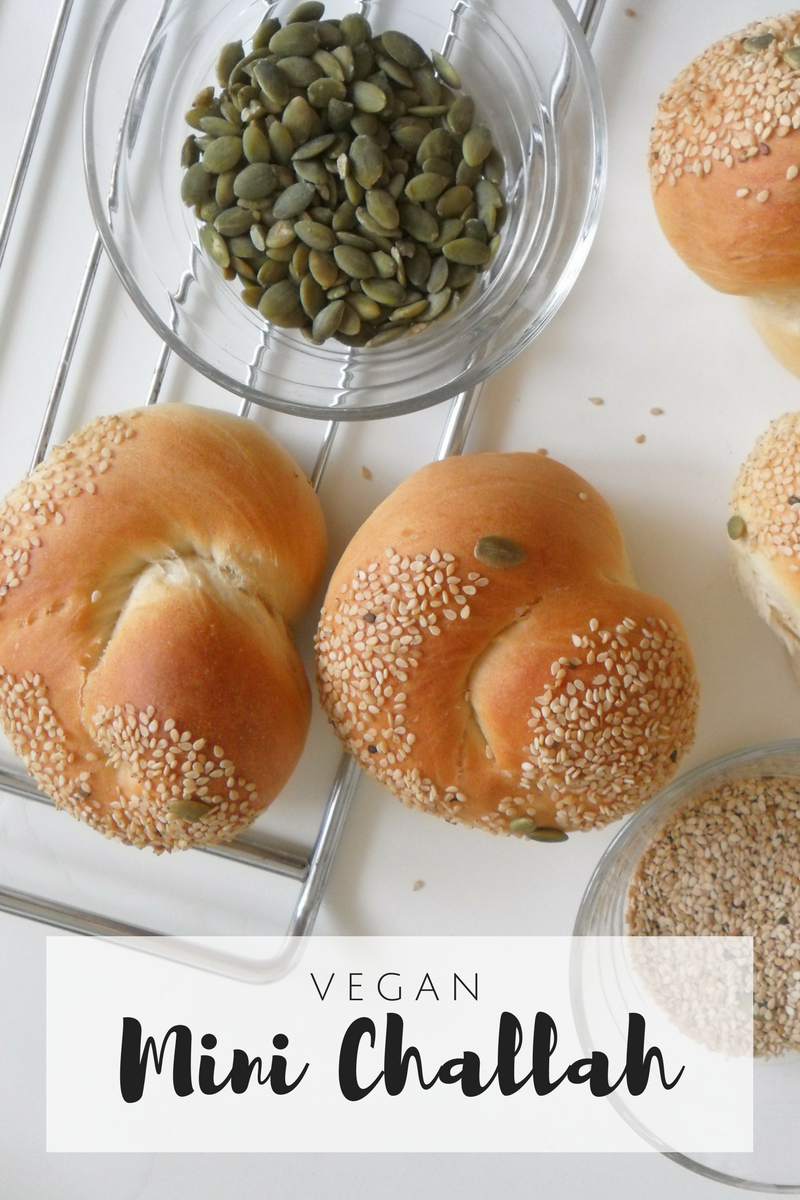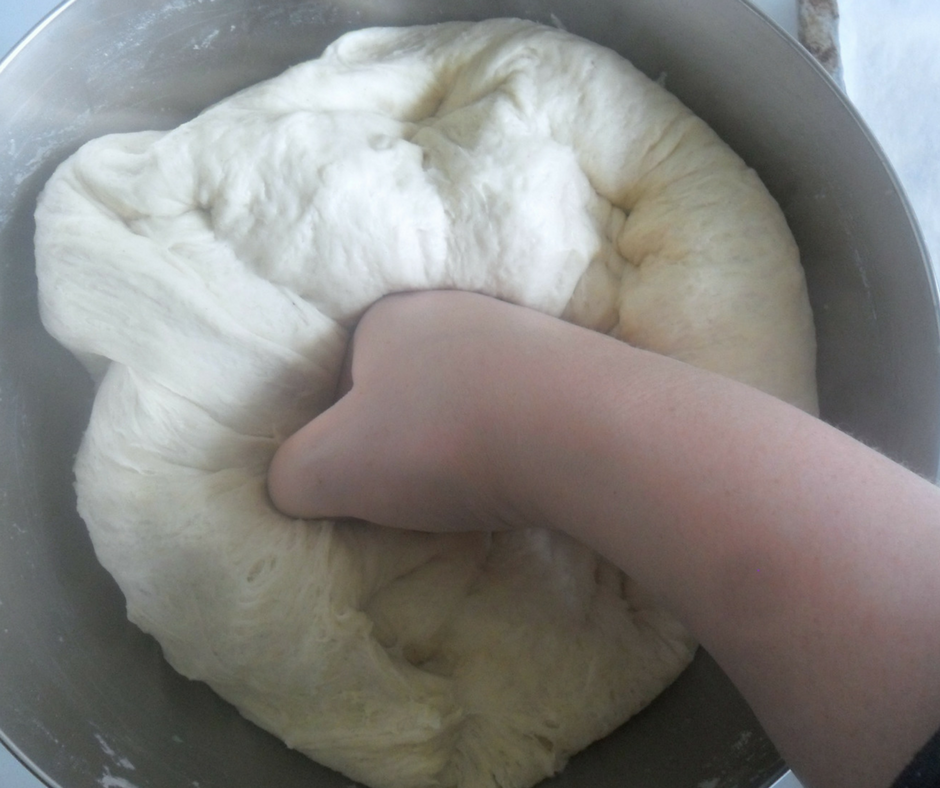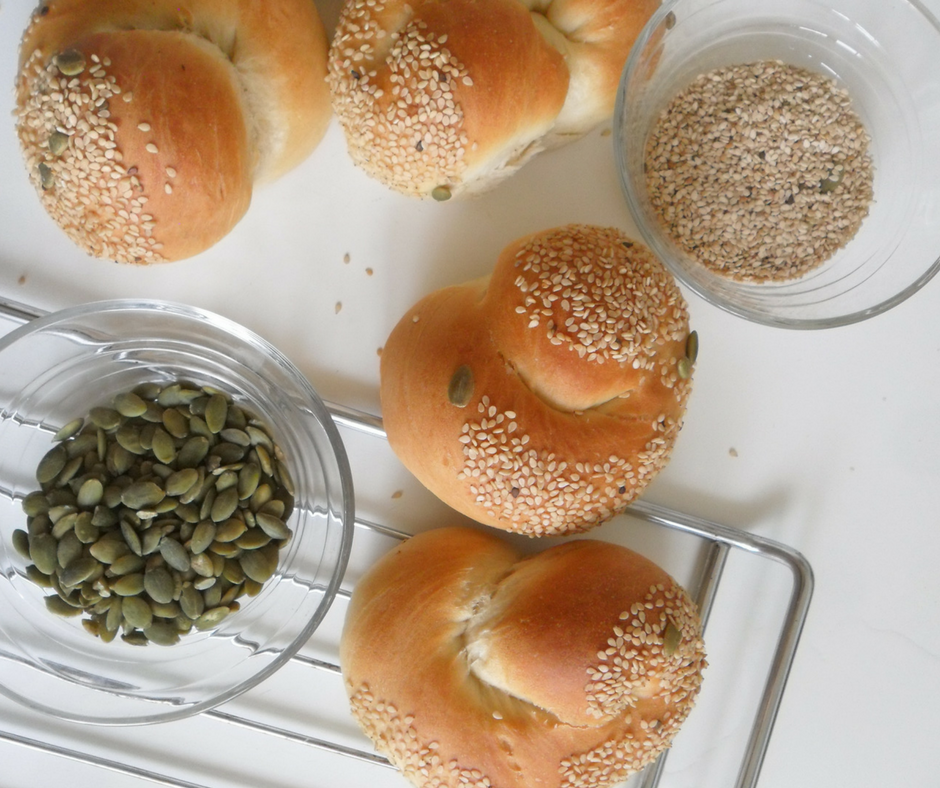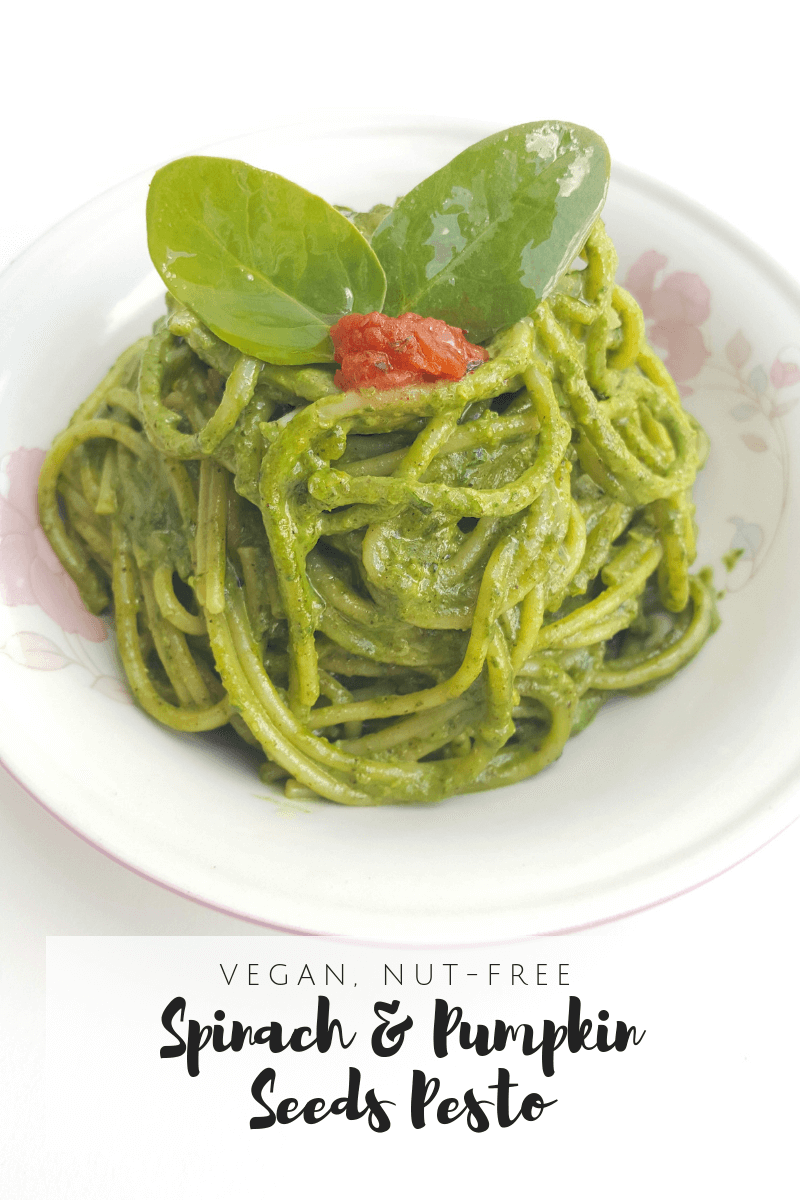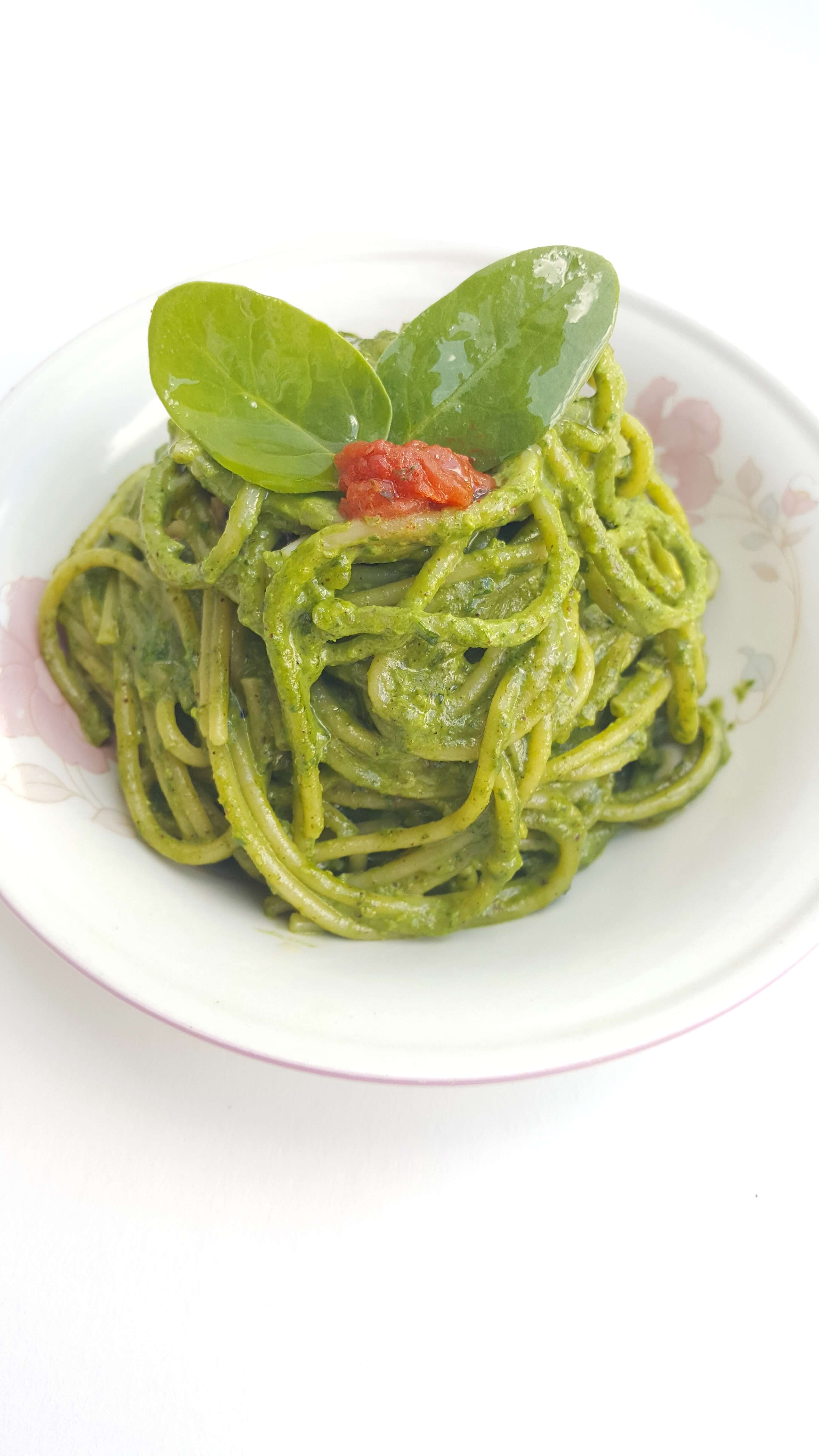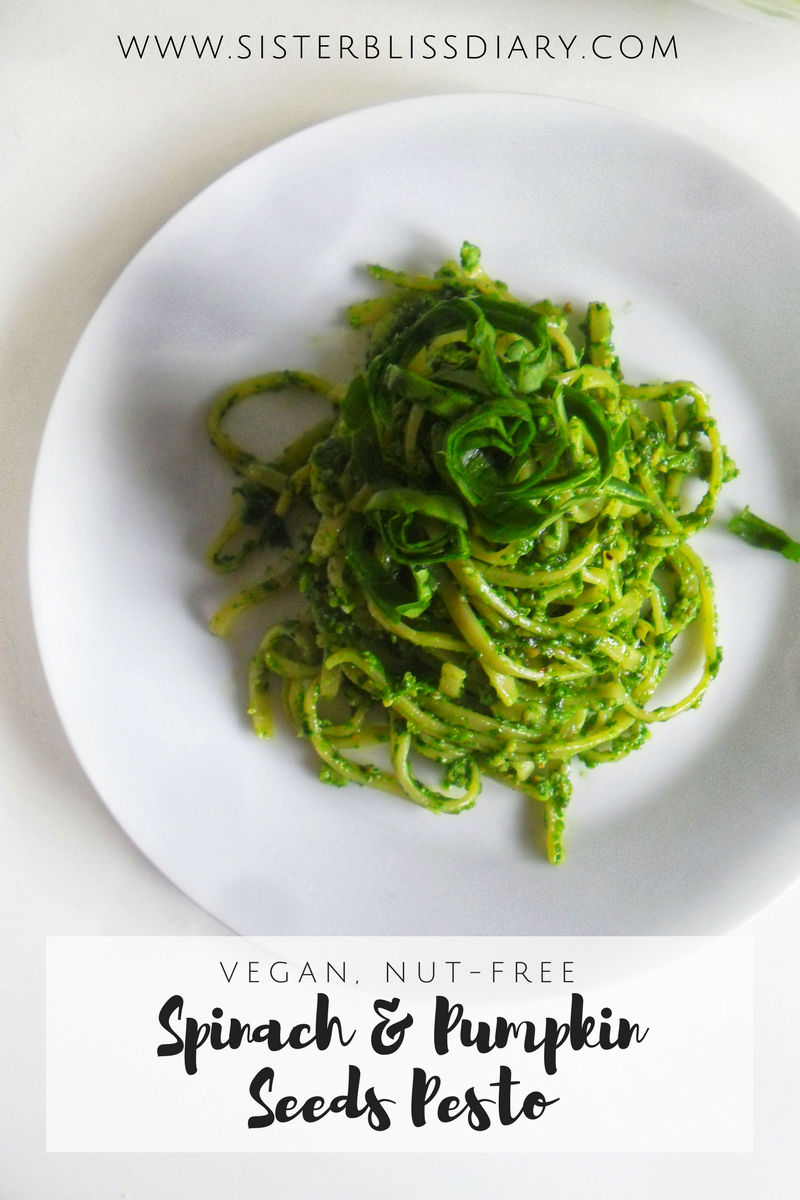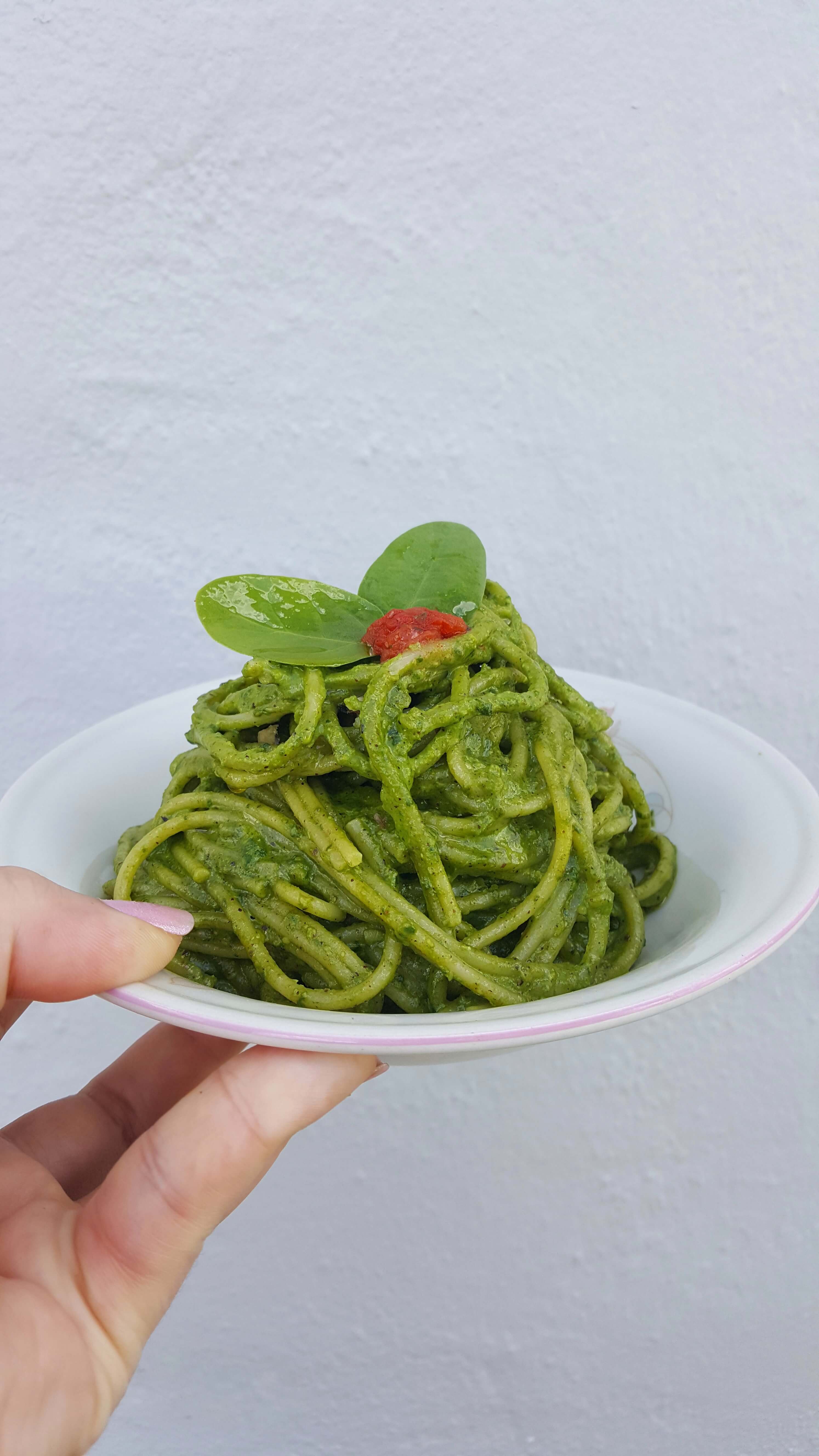Babaganoush: Roasted Eggplants Dip {Vegan, Gluten Free}
Easy Roasted Eggplant Dip {Vegan, Gluten-Free}
Babaganoush, also known as baba ghanouj or mutabal, is a popular Middle Eastern dip made from roasted eggplants. It’s often eaten alongside with hummus, salads, like tabouleh or roasted beets salad and pita bread; but with a distinct smoky flavor is also a perfect accompaniment to raw vegetables grilled meats or fish.
Babaganoush is traditionally make with greek yogurt. To keep it setamí (parve) mayo is added instead. In this case I used vegan mayo, but you can go with regular mayo or greek yogurt if not vegan. Babaganoush is also often garnished with herbs, like parsley, pomegranate seeds, nuts and a drizzle of olive oil for extra flavor and visual appeal.
How to choose eggplants
Choosing an eggplant with fewer seeds results in a better texture and flavor for your eggplant dishes, and specially Babaganoush, so here are some tips for selecting the best eggplants:
Look for younger eggplants: a younger eggplant has fewer seeds. You can spot them easily because they tend to be smaller, with smoother, shinier skin and have a green stem. Eggplants should have a uniform color and have no blemishes or wrinkles; if it has it’s probably overripe and have more seeds.
Check the weight: Choose an eggplant that feels heavy for its size. An eggplant that feels light for its size may have more seeds and less flesh.
Look for a rounded bottom: Choose an eggplant that has a rounded bottom, rather than a pointed one, which tend to have more seeds.
Squeeze gently: When you gently squeeze the eggplant it must be firm to the touch, but not too hard. If it feels soft or spongy, it may be overripe.
By following these tips, you can choose an eggplant with fewer seeds, which can result in a better texture and flavor.
How to Roast Eggplants
To make babaganoush, you’ll need to start by roasting three or four medium-sized eggplants, until they are tender and all charred on the outside. It’s important that they are charred all the way through since this is what imparts the characteristic flavor of the babaganoush.
If what you have is an electric stove, you can roast the eggplants on a grill at the highest temperature possible, or in the oven using the broiler option.
Once the eggplants are roasted, let them cool for a few minutes, then peel off and discard the skin. Then, remove the seeds, chop the eggplant flesh and transfer it to a hot skillet to remove excess moisture.
How to make my Babaganoush less watery
Eggplants have a high water content, which makes them a great addition to dishes where you need to add moisture and a creamy texture, like pastas and even stews. However, it can water-down the flavor of our babaganoush and give it a soupy consistency after a while. To avoid this, it’s important to dry out as much liquid as possible from the roasted eggplants before making our dip, so the end result is thick and creamy instead of watery.
Another way you can remove excess moisture is by draining the roasted eggplants in a colander, and press a couple of times with a spoon for the liquid to drain.

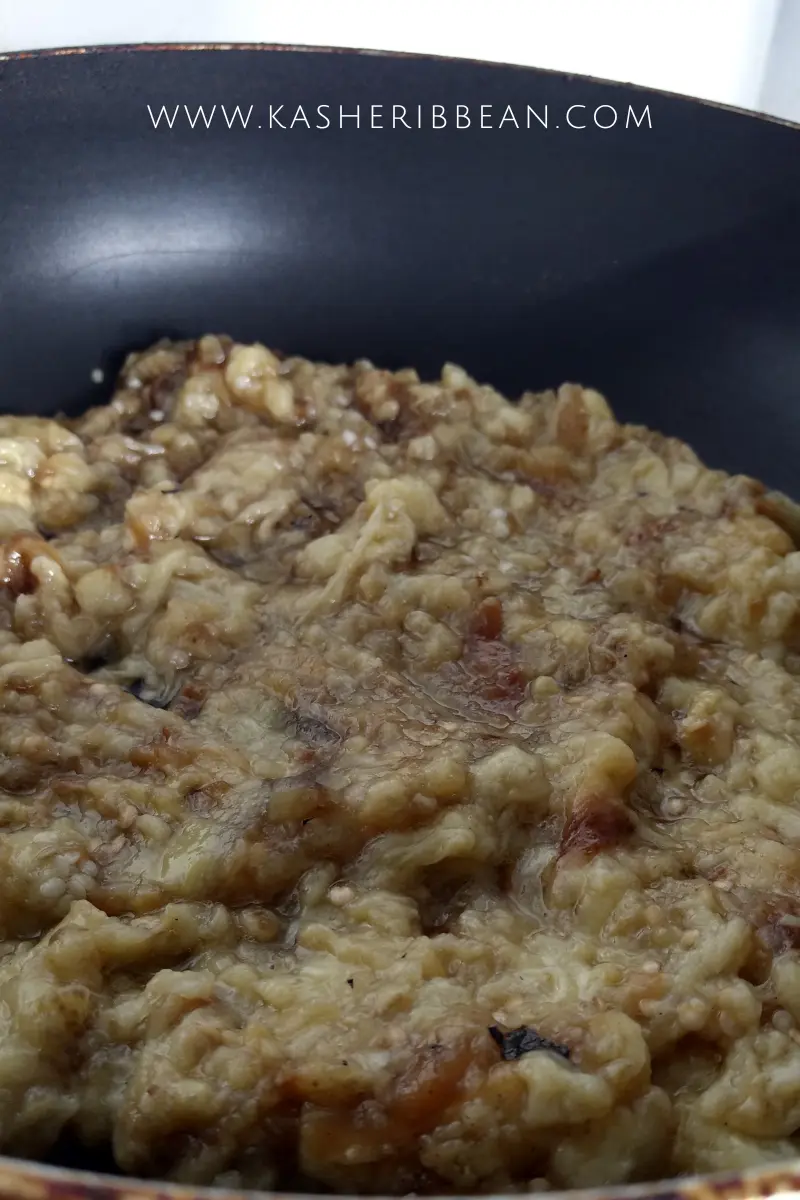
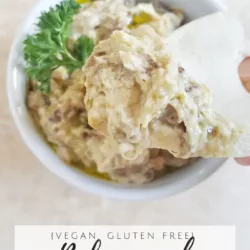
Babaganoush: Roasted Eggplant Dip {Vegan, Gluten-Free}
Ingredients
- 500 gr Eggplants (about 3-4 medium, roasted)
- 3 Garlic cloves roasted
- 2 Tbsp Tahini
- 2 Tbsp Extra Virgin Olive Oil
- 2 Tbsp Vegan mayo (can use regular or greek yogurt if not vegan)
- 1/4 tsp Cumin
- Juice of half a lemon or lime
- Salt and Pepper to taste
To Serve:
- Fresh parsley, finely chopped
- Pomegranate seeds
- Pine nuts toasted
Instructions
- Roast the eggplants over the flame top, turning regularly until is completely charred and cooked through. Transfer to a plate to cool down.
- Peel the skin off, remove the seeds and chop the eggplants
- Add the eggplants to a skillet and cook on medium high to remove excess moisture.
- Add roasted eggplants to a bowl and mix in the remaining ingredients. You can always adjust to your taste.
- Serve with a drizzle of extra virgin olive oil and some fresh parsley. Enjoy!
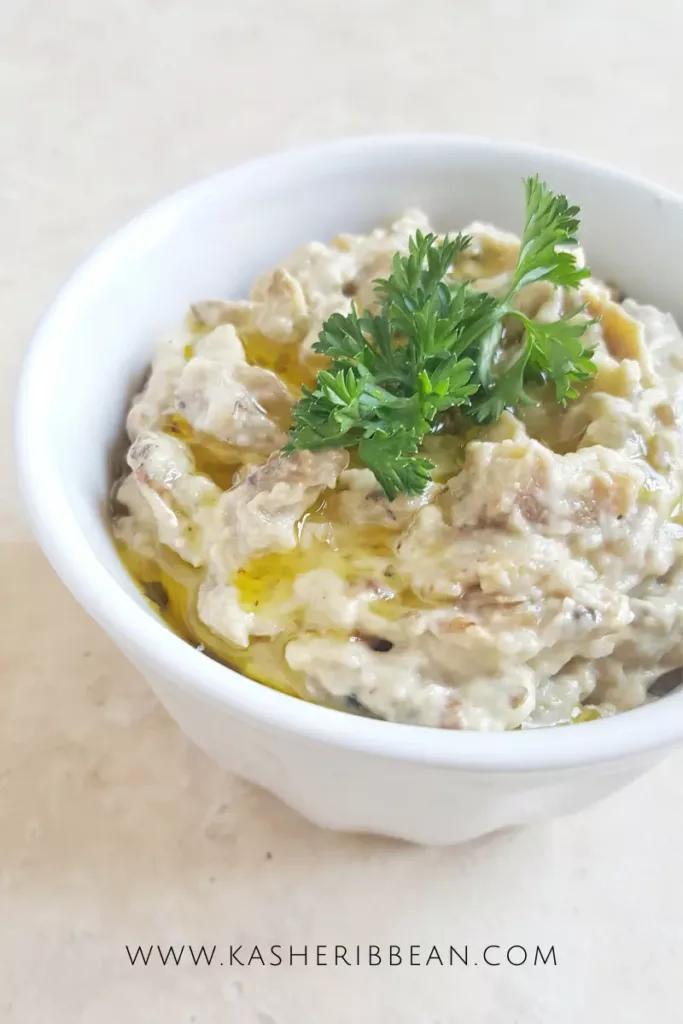
Babaganoush: Roasted Eggplants Dip {Vegan, Gluten Free} Read More »

